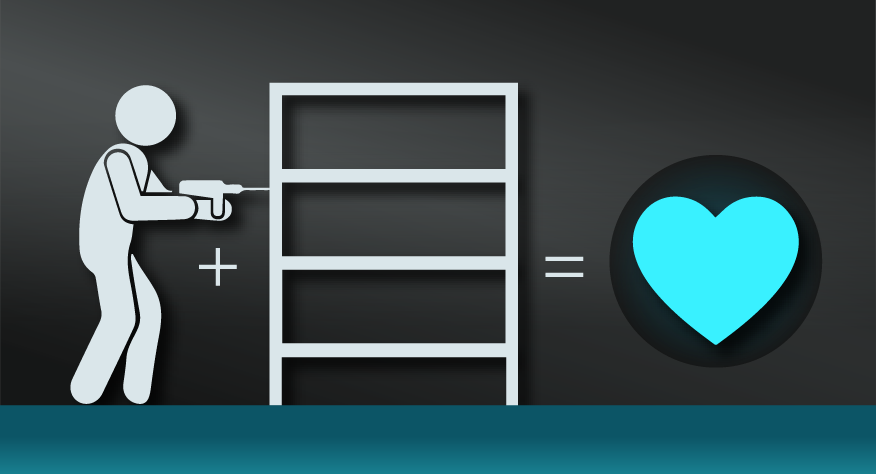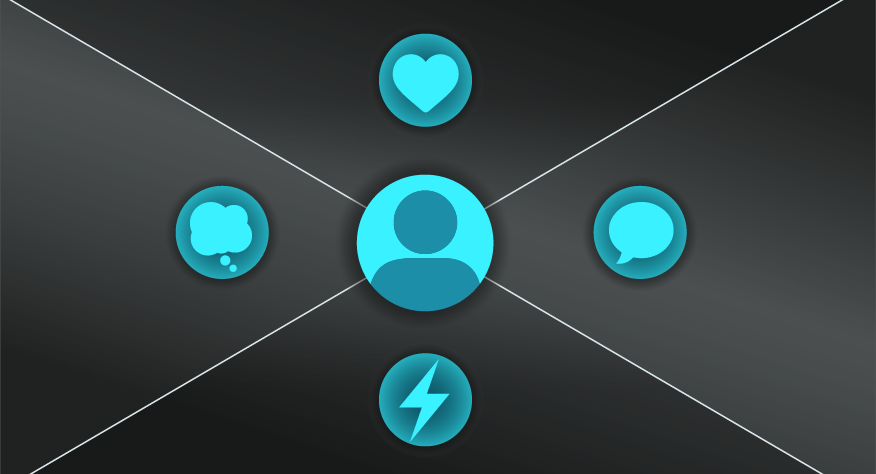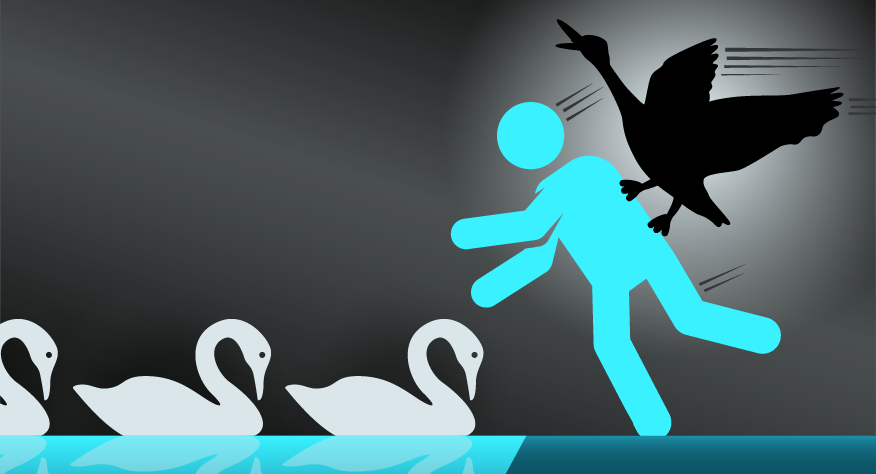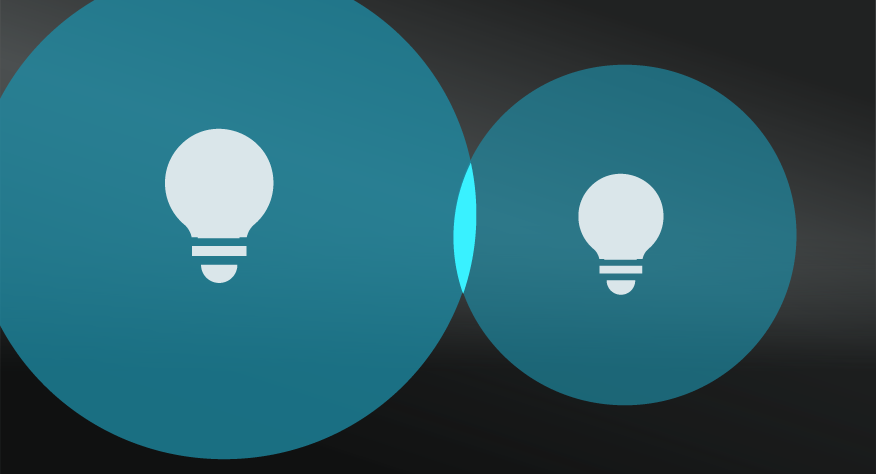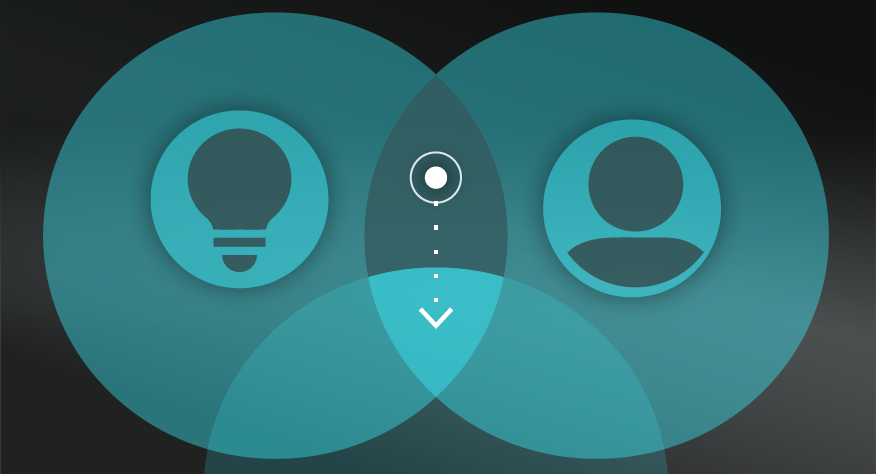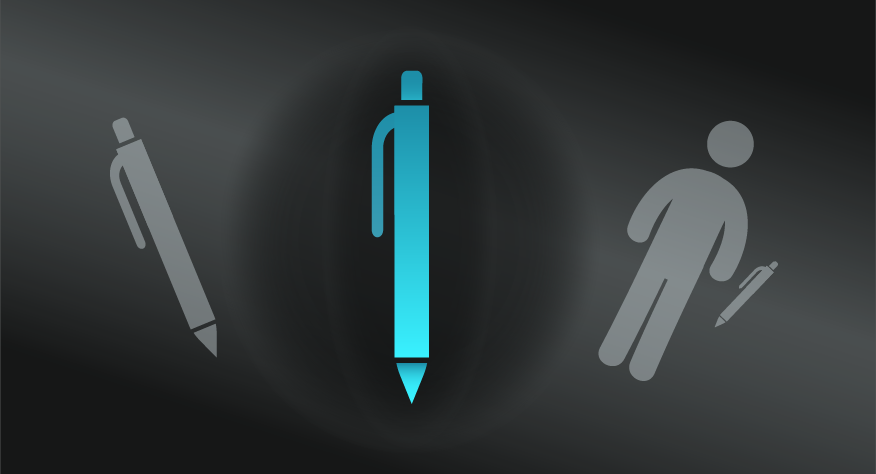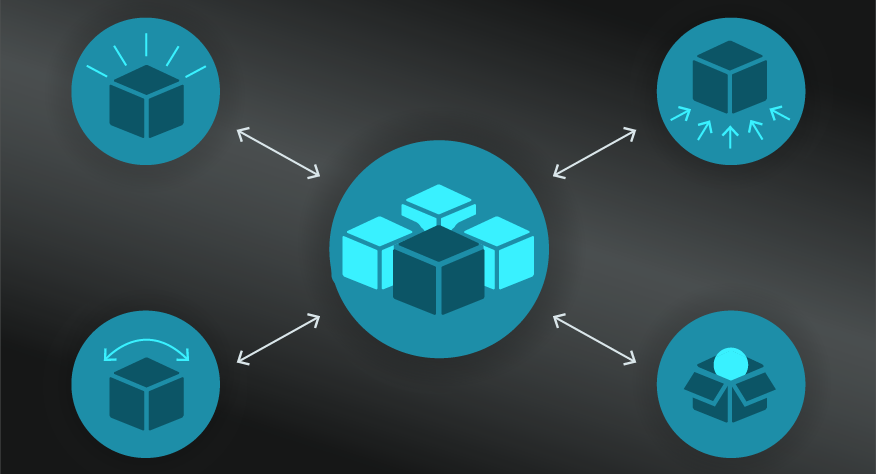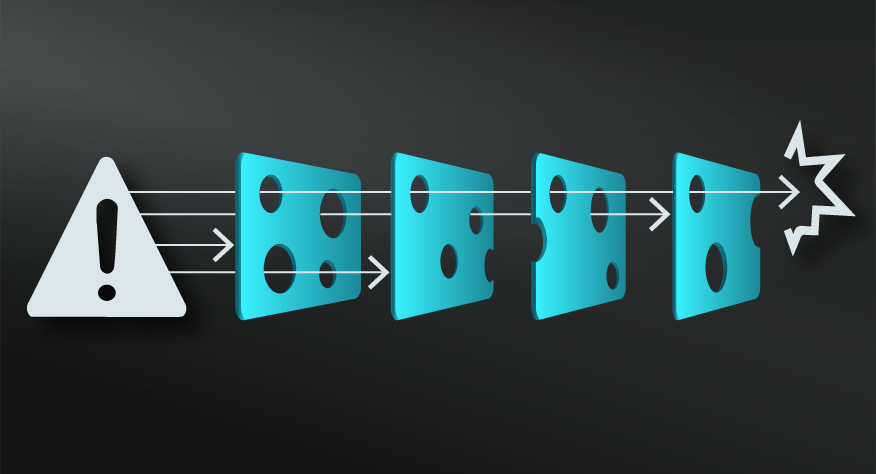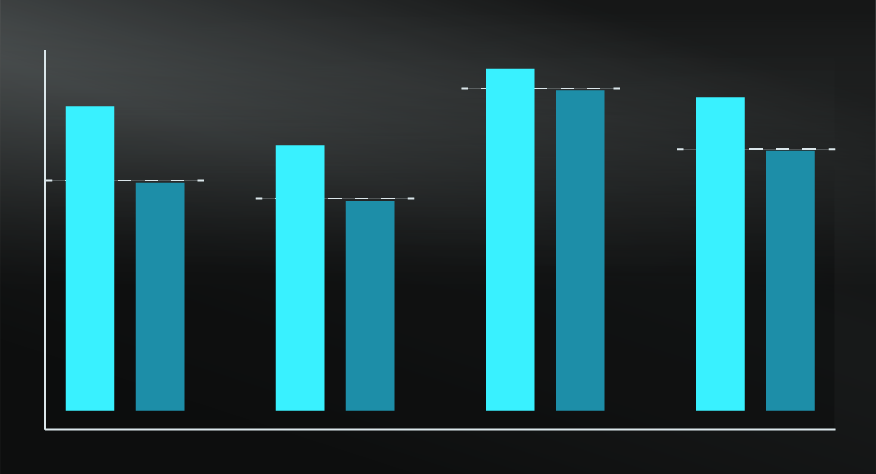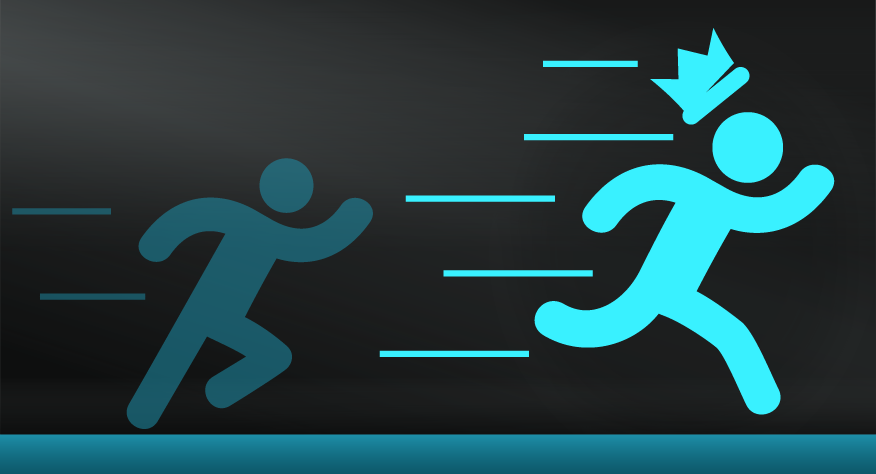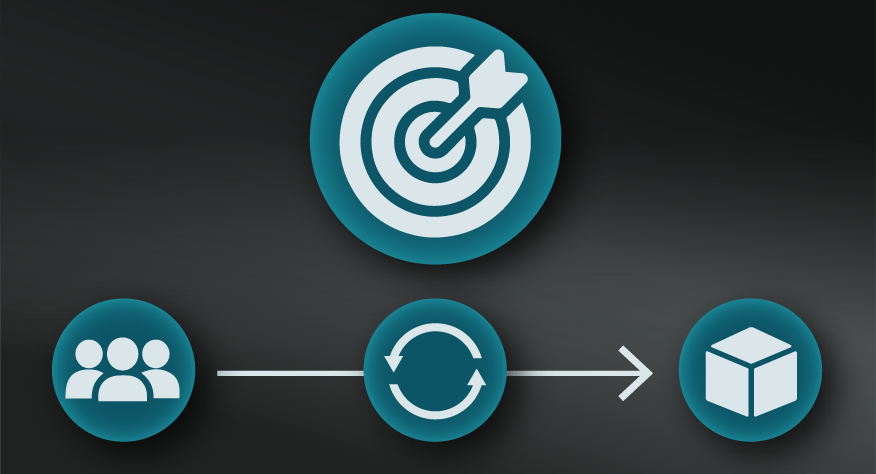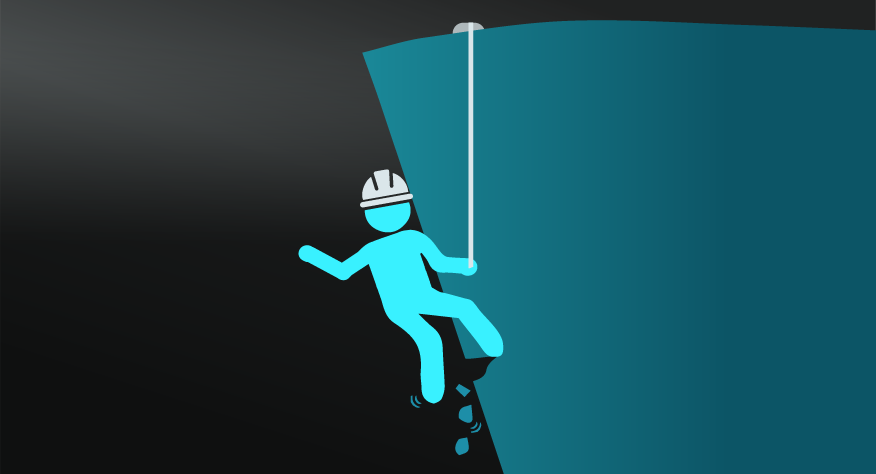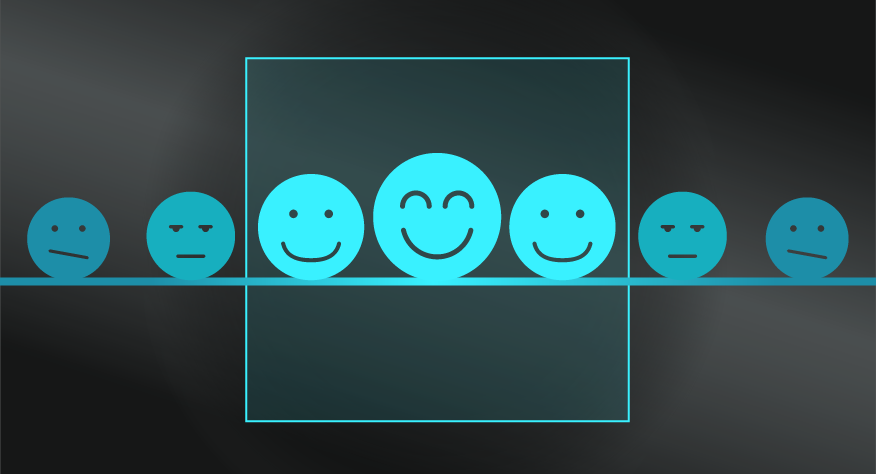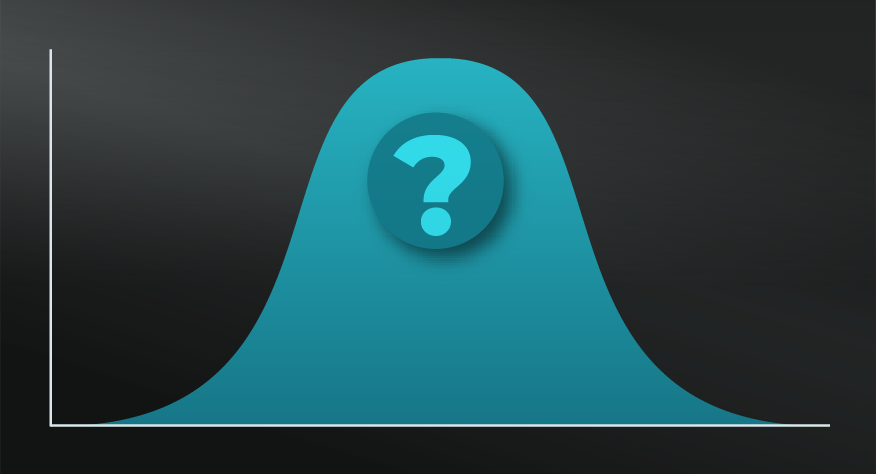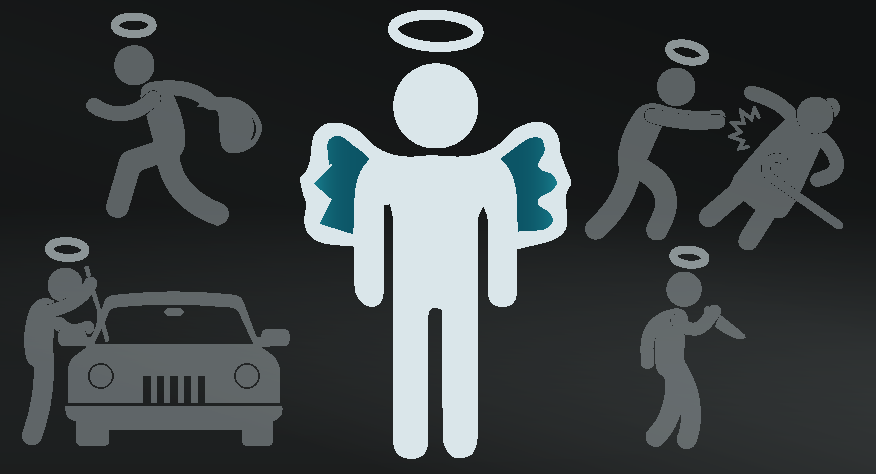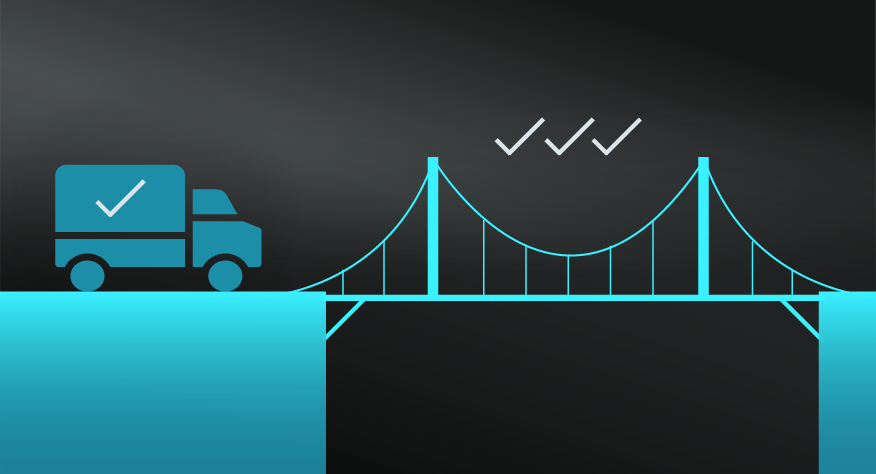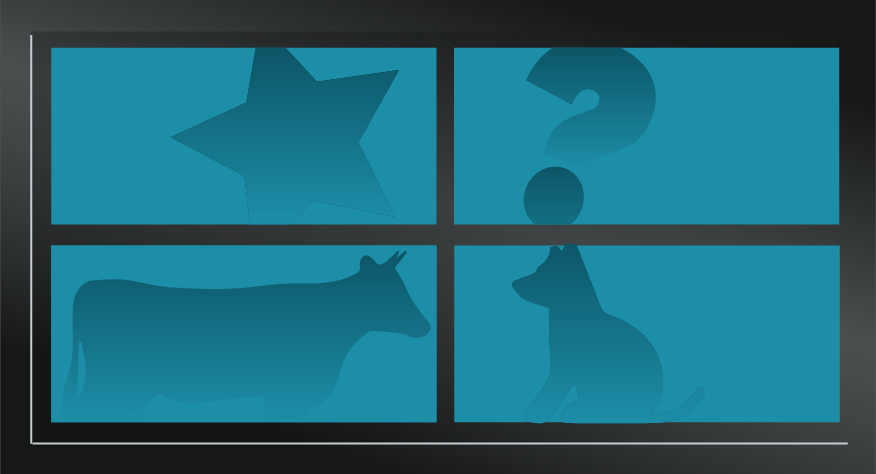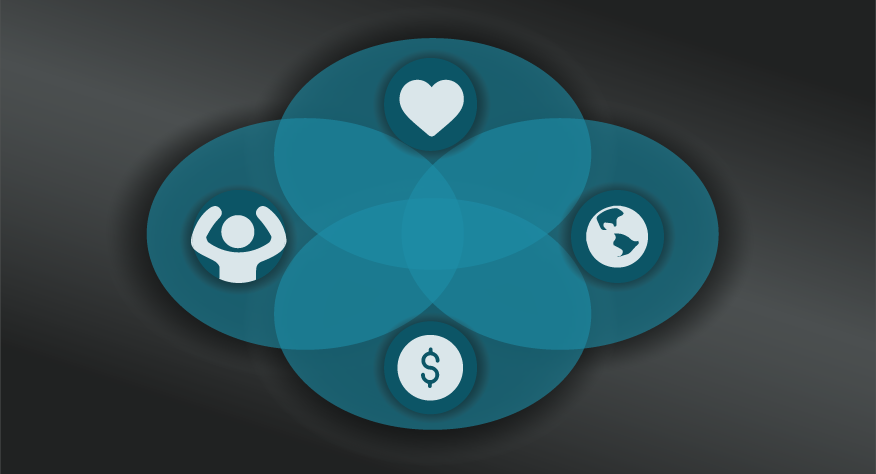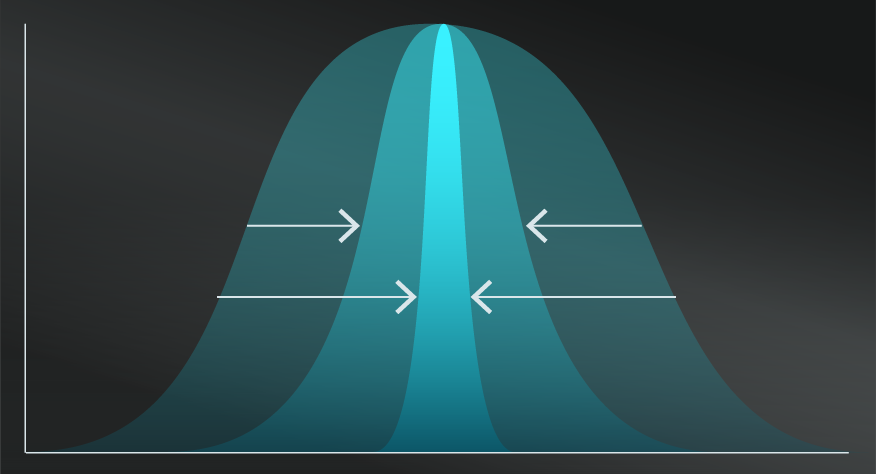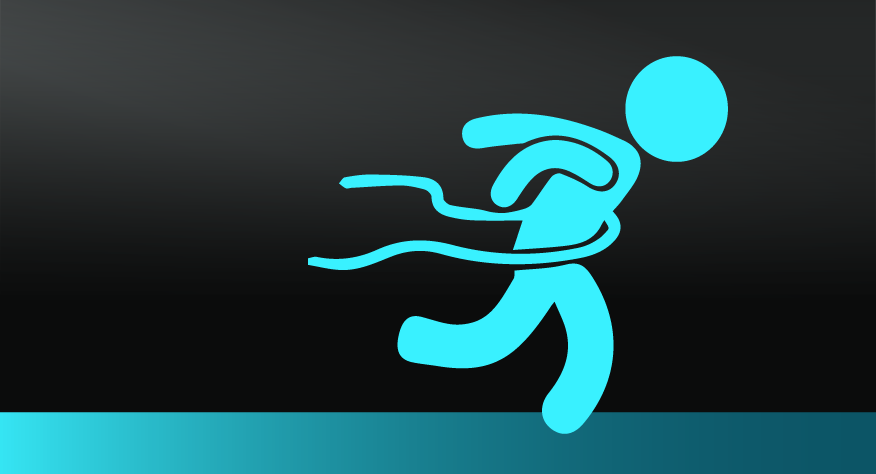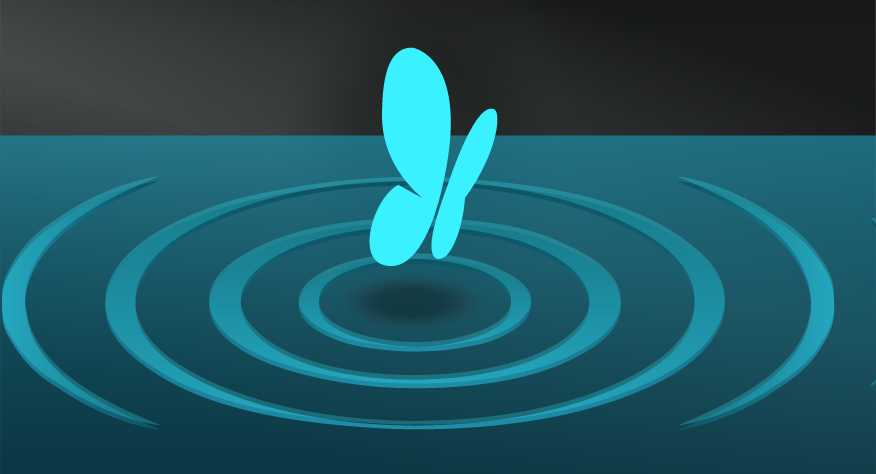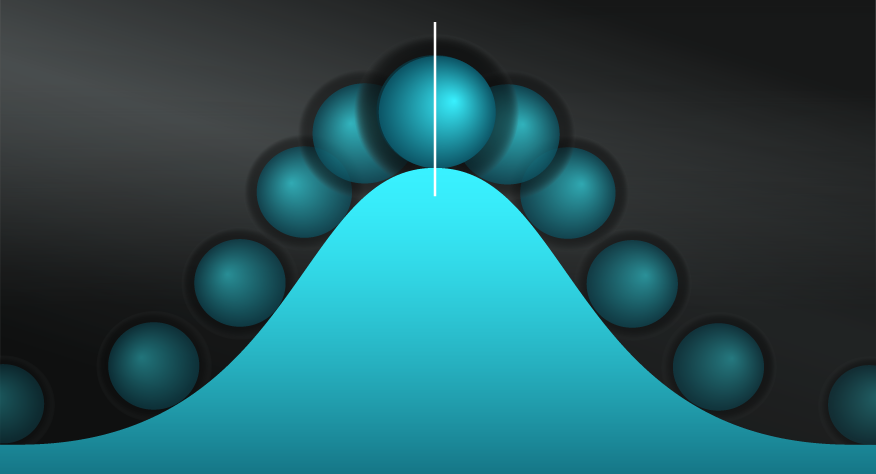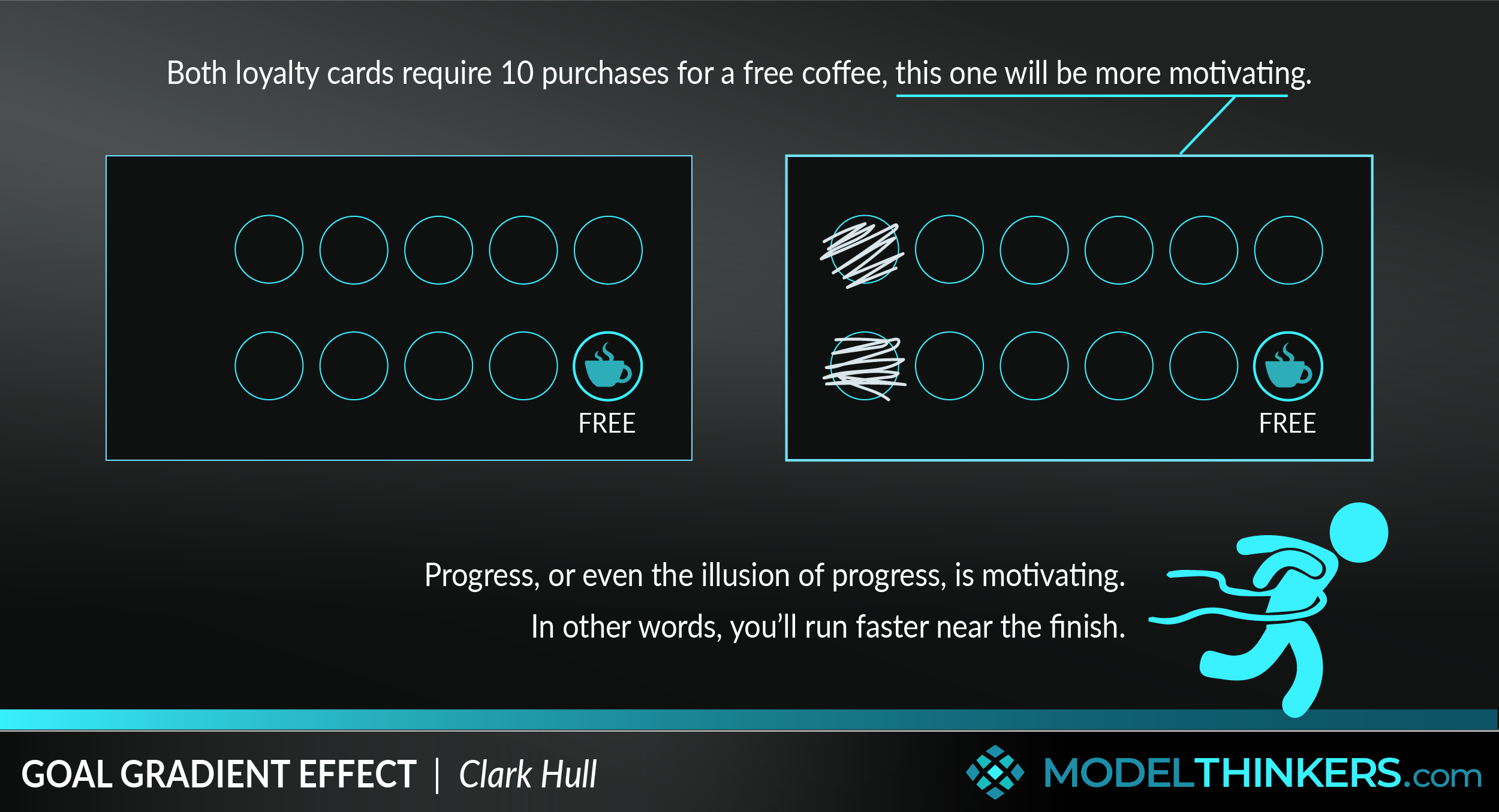
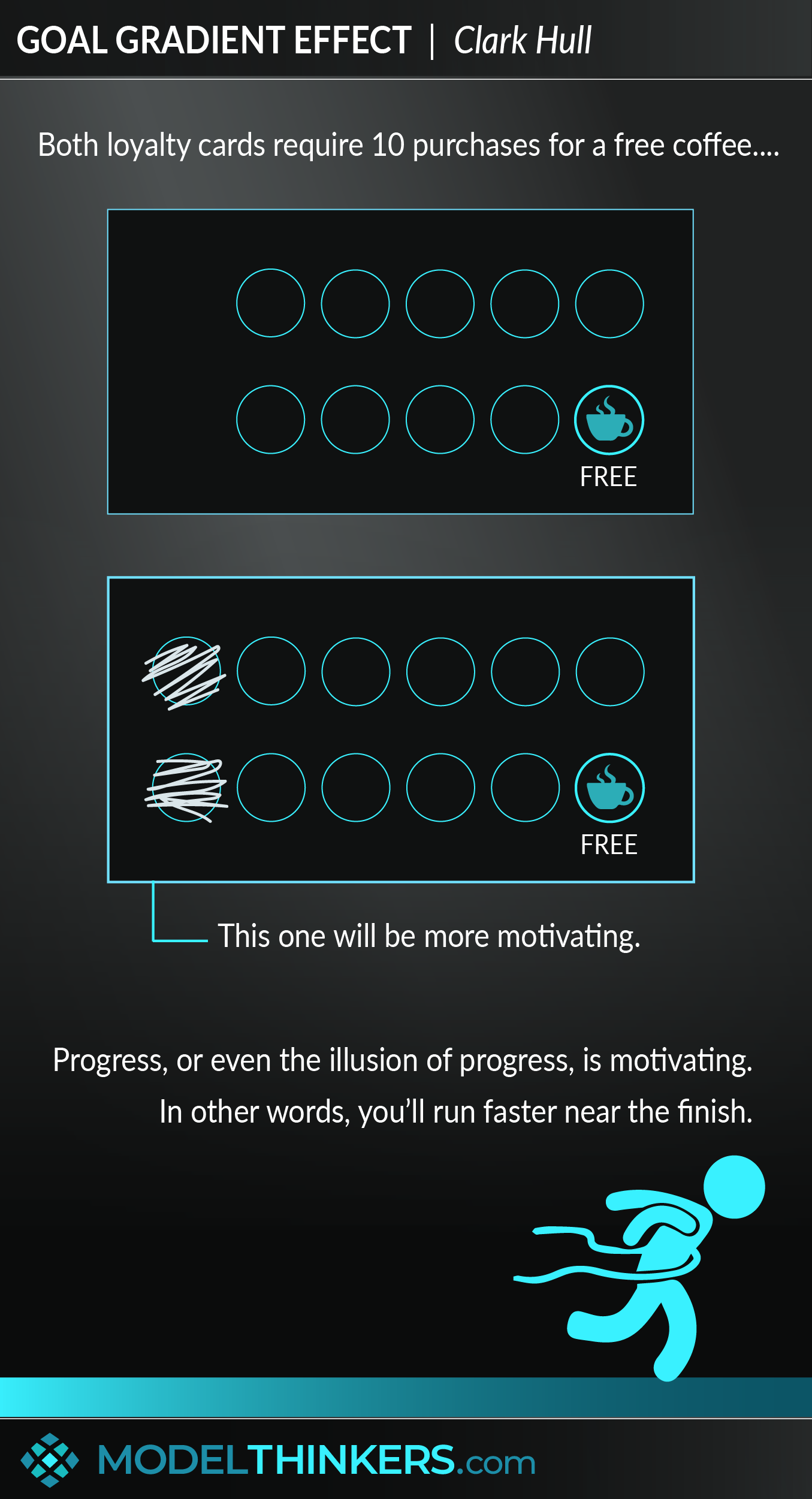
 0 saved
0 saved
 9.3K views
9.3K views








Are you struggling to motivate yourself or others to reach goals?
The G ... Lorem ipsum dolor sit amet, consectetur adipiscing elit. Illud dico, ea, quae dicat, praeclare inter se cohaerere. Aliter enim nosmet ipsos nosse non possumus. Verba tu fingas et ea dicas, quae non sentias? Quae rursus dum sibi evelli ex ordine nolunt, horridiores evadunt, asperiores, duriores et oratione et moribus. Tamen a proposito, inquam, aberramus. Piso igitur hoc modo, vir optimus tuique, ut scis, amantissimus. Duo Reges: constructio interrete. Sed emolumenta communia esse dicuntur, recte autem facta et peccata non habentur communia. Non quaero, quid dicat, sed quid convenienter possit rationi et sententiae suae dicere.




- Show progress towards a goal.
Provide your audience with a visual representati ...
Lorem ipsum dolor sit amet, consectetur adipiscing elit. Erat enim res aperta. Hunc vos beatum;
Ab hoc autem quaedam non melius quam veteres, quaedam omnino relicta. Tantum dico, magis fuisse vestrum agere Epicuri diem natalem, quam illius testamento cavere ut ageretur. Ille enim occurrentia nescio quae comminiscebatur; Videsne quam sit magna dissensio? Est, ut dicis, inquit; Itaque contra est, ac dicitis;
Non enim quaero quid verum, sed quid cuique dicendum sit. Qui autem esse poteris, nisi te amor ipse ceperit? Duo Reges: constructio interrete. Effluit igitur voluptas corporis et prima quaeque avolat saepiusque relinquit causam paenitendi quam recordandi.
A variation on the Goal Gradient Effect was posed by marketing academic and researcher Andrea Bonezzi, who argued that “motivation to engage in goal-consistent behavior can be higher when people are either far from or close to the end state and lower when they are about halfway to the end state.” Thus rather than focusing on the end aspect of the journey, Bonezzi describes a ‘U-shaped’ model of motivation, with the problematic middle between starting point and end goal.
Contributing to charities.
This study entitled Goal Gradient in Helping Behavior, found that “People are more likely to pitch in as charitable campaigns approach their goals. Such “goal gradient helping” occurs in part because late-stage efforts provide donors with a heightened sense of personal impact, an influential source of satisfaction from prosocial acts.”
Car wash loyalty.
This 2006 study, similar to the cited coffee loyalty card example in the summary above, used loyalty cards for a car wash. In this case, one card had 8 spots to fill for a free car wash, the other had 10 with two already stamped. The group given the perceived head start resulted in a 34% engagement rate in the loyalty program compared to 19% for the others.
d
The Goal Gradient Effect was first identified by Clark Hull during the 1930s in relation to animals, particularly his study of rats accelerating their pace closer to the end of a maze and a food reward. Hull, an engineer by background, went on to break down his observations and interpret them as a mathematical formula which he outlined in his book Principles of Behaviour.
The effect was expanded to humans in a 2006 study by Ran Kivetz et al. The authors of that study explained: “The key findings indicate that (1) participants in a real café reward program purchase coffee more frequently the closer they are to earning a free coffee; (2) Internet users who rate songs in return for reward certificates visit the rating Web site more often, rate more songs per visit, and persist longer in the rating effort as they approach the reward goal; (3) the illusion of progress toward the goal induces purchase acceleration (e.g., customers who receive a 12-stamp coffee card with 2 preexisting “bonus” stamps complete the 10 required purchases faster than customers who receive a “regular” 10-stamp card); and (4) a stronger tendency to accelerate toward the goal predicts greater retention and faster reengagement in the program.”
 My Notes
My Notes
Oops, That’s Members’ Only!
Fortunately, it only costs US$5/month to Join ModelThinkers and access everything so that you can rapidly discover, learn, and apply the world’s most powerful ideas.
ModelThinkers membership at a glance:






“Yeah, we hate pop ups too. But we wanted to let you know that, with ModelThinkers, we’re making it easier for you to adapt, innovate and create value. We hope you’ll join us and the growing community of ModelThinkers today.”


















